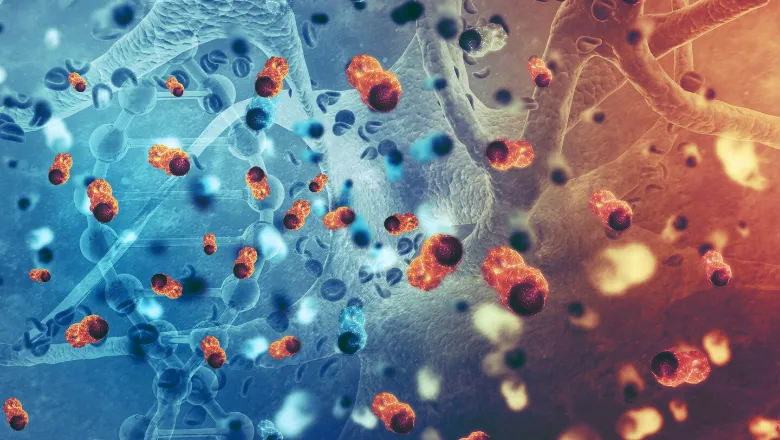Current methods of deciding whether or not to recommend treatment are not reliable. Our analysis shows that we should be able to produce a single global methodology, which will give accurate estimates on how aggressive these cancers are. These will feed directly into the treatment decision, and give men the reassurance they need to decide on treatment.
Dr Mieke Van Hemelrijck, Lead Researcher
20 July 2020
Researchers examine how to objectively decide when to treat prostate cancer
A team of researchers from the School of Cancer & Pharmaceutical Sciences are conducting an analysis of the world’s biggest Active Surveillance prostate cancer database to examine how to objectively decide when to treat prostate cancer.

A team of researchers from the School of Cancer & Pharmaceutical Sciences, led by Dr Mieke Van Hemelrijck, are conducting an analysis of the world’s biggest Active Surveillance prostate cancer database to identify which patients are most at risk of the disease developing and conversely, which patients can safely delay treatment.
Many men who discover they have prostate cancer are not in any immediate danger and so an increasing number of these men are offered ‘active surveillance’ instead of being treated straight away. They are then monitored and tested, with treatment only starting when the cancer shows signs of developing. However, as there is no one accepted way of understanding who is at risk, up to 38% of men who start this active surveillance decide to drop out within five years. Equally, although active surveillance is considered a step forward in management of low risk prostate cancer, there is little agreement on which men will really benefit.
Dr Van Hemelrijck and her team have been working with researchers from the GAP3 Consortium to develop the world’s most accurate active surveillance nomogram. By filling in your details, the nomogram will give you advice on whether or not to treat. Using data from over 14,000 patients, they were able to input a range of data including age, size, and condition of tumour, as well as biopsy details.
This work shows that it should be possible to develop a system which allows us to predict whether active surveillance will be suitable for individual low and intermediate risk prostate cancer patients. This would be an important step forward in terms of the reassurance we can offer patients, and in choosing treatment pathways.
Professor Hendrik Van Poppel, University of Leuven, Belgium
Professor Hendrik Van Poppel claims that the urology community would welcome this global nomogram and would be happy to cooperate in helping to take the project forward. This work shows that it is possible to produce such a nomogram, which can guide treatment for patients across the world. It also is useful in highlighting the additional factors which need to be included in nomograms in order to produce more accurate estimates of tumour aggressiveness.

